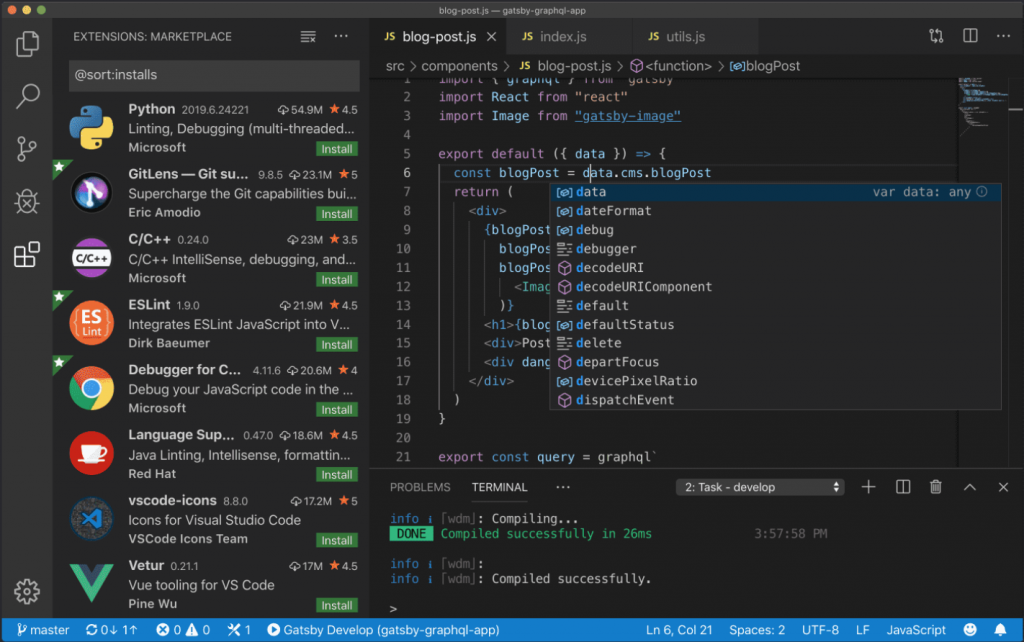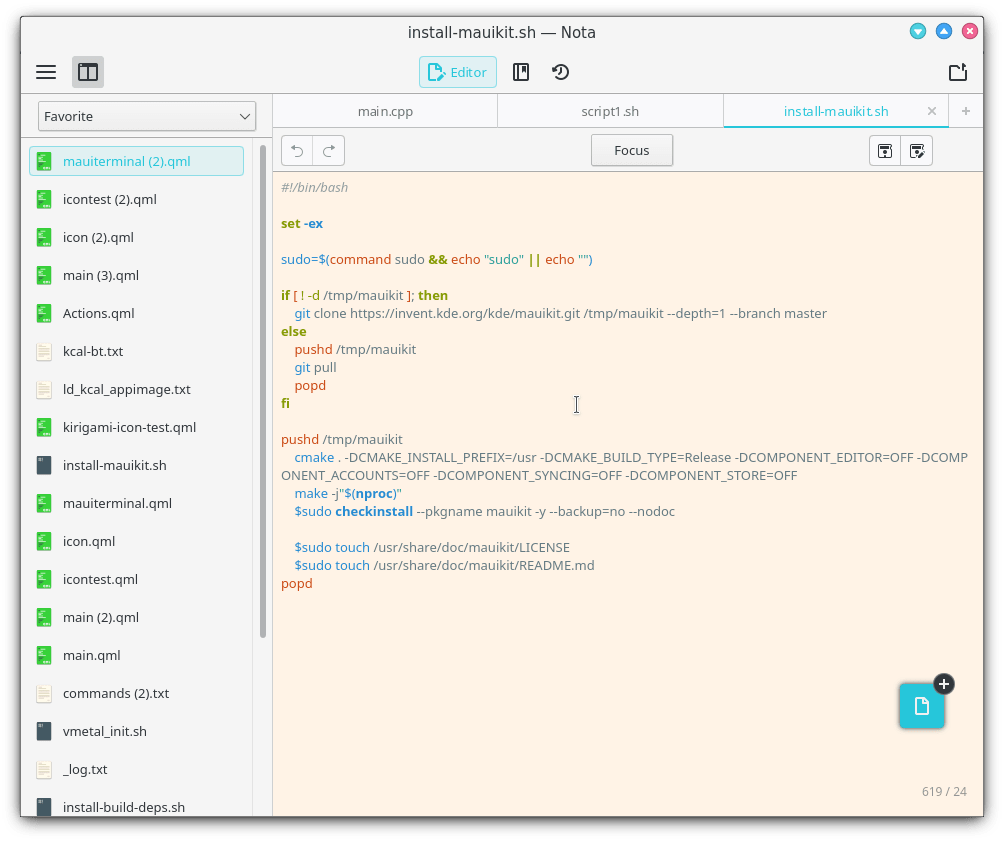

If you have a library in your project, or you're a developer of a reusable library and you want the linker to treat your assembly as linkable, you can mark the assembly as linker safe by adding the IsTrimmable MSBuild property to the project file for the assembly: If an assembly is listed without any types, then all the assembly’s types and members will be preserved. If you don’t provide the next level of detail, it will include all the children. The preservation tags are ambiguously inclusive.

When an assembly, type, or member is listed in the XML, the default action is preservation, which means that regardless of whether the linker thinks it's used or not, it's preserved in the output. In this example, the XML file specifies a method that's dynamically accessed by the app, which is excluded from linking. The XML file then uses the trimmer descriptor format to define which members to exclude from linking:

To exclude a member from the linking process when linking all assemblies, set the TrimmerRootDescriptor MSBuild property in an tag in the project file to the XML file that defines the members to exclude: You can pass the linker an XML description file that specifies which assemblies, types, and members need to be retained. You can skip additional assemblies by adding more TrimmerRootAssembly MSBuild properties to the. If the linker skips an assembly, it's considered rooted, which means that it and all of its statically understood dependencies will be kept.
#Maui mac visual studio .dll
dll extension isn't required when setting the TrimmerRootAssembly MSBuild property. When it links all assemblies, you can tell the linker to skip an assembly by setting the TrimmerRootAssembly MSBuild property in an tag in the project file:
#Maui mac visual studio code
This approach can be useful when you can't easily use the DynamicDependency attribute, or don't control the code that's being linked away. It's possible to specify assemblies that should be excluded from the linking process, while allowing other assemblies to be linked. The member string shouldn't include the name of the declaring type, and may omit parameters to keep all members of the specified name. The type and member strings use a variation of the C# documentation comment ID string format, without the member prefix. The type and assembly are either implicit in the attribute context, or explicitly specified in the attribute (by Type, or by strings for the type and assembly name). The attribute specifies the member to keep via a string or via the DynamicallyAccessedMembers attribute. Without the attribute, linking would remove Helper from MyAssembly or remove MyAssembly completely if it's not referenced elsewhere. In this example, the DynamicDependency ensures that the Helper method is kept.

Var helper = Assembly.Load("MyAssembly").GetType("MyType").GetMethod("Helper") The DynamicDependency attribute can be applied to constructors, fields, and methods: In these cases, you may need to make adjustments to your source code to make your app work correctly.Įvery member in the BCL that can't be statically determined to be used by the app is subject to be removed. It modifies the intermediate code for your source code, which may break your app if you use features using an approach that the linker's static analysis can't detect. When it links all assemblies, the linker performs additional optimizations to make your app as small as possible. In this mode, the linker leaves your assemblies untouched and reduces the size of the SDK assemblies by removing types and members that your app doesn't use. Disabling linking ensures assemblies aren't modified. In the Project Properties window, ensure the Configuration drop-down is set to Release and set the Linker Behavior drop-down to your desired linker behavior:
#Maui mac visual studio android
In the Project Properties window, select the Build > Android > Linker tab. NET MAUI app project and select Properties. In the Solution Window, right-click on your. Then, navigate to the Android > Options tab and ensure that trimming is enabled for the release build configuration: In Solution Explorer right-click on your.


 0 kommentar(er)
0 kommentar(er)
